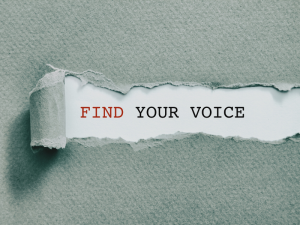Shoulder problems are widespread; the shoulder is the most mobile joint in your body because the main shoulder joint (the gleno-humeral joint) is a ball-and-socket joint. It sacrifices stability for mobility, and for this reason can be vulnerable to injury, dislocation, muscle fatigue and degeneration due habitual poor posture. vulnerable to injury and habitual poor posture.
The shoulder joint is formed by the humerus (upper arm bone) which fits into the scapula (shoulder blade), like a ball and socket. The other bones and joints which make up the shoulder include:
The clavicle (collarbone) meets the acromion in the acromioclavicular joint.
The acromion, or acromion process, which a bony projection of the scapula.
- The coracoid process is a hook-like bony projection from the scapula.
- The shoulder has several other important structures:
- The joint is further supported by a strong fibrous cuff of cartilage called the labrum which forms a cup for the ball-like head of the humerus to fit into. It is surrounded by a group of four muscles, called the rotator cuff which gives it support and allowing a full range of movement. The tendons of the rotator cuff are cushioned and protected by a small sac of fluid called a bursa
Injury or damage to any of the tissues inside or surrounding the shoulder joint can cause pain. These are most common problems that cause shoulder and arm pain:
Muscle Problems: The Dull ache that gets worse with arm movement and better with rest. Tends to only affect one arm/shoulder
Nerve Problems: Associated with tingling/pins and needles, numbness and weakness. Symptoms often refer to other areas and may affect one or both shoulders/arms.
Bursitis: Constant, dull aching shoulder blade pain with snapping/grating/grinding noise/sensation with arm movements
Posture: Aching pain between shoulder blades, worse after being in one position for a long time
Bone Problems: Sudden, severe, sharp localised pain caused by an injury/accident
Important
Some shoulder problems, discomfort and pain, may be the result of a medical problem or disorder: Any shoulder pain associated symptoms such as feeling unwell, chest pain, dizziness, nausea, weight loss and shortness of breath should be check by a doctor
Treating and managing shoulder pain
There are things you can do yourself to treat shoulder pain, including avoiding activities that aggravate your symptoms, improve your posture, and seek treatment if symptoms persist for more than two weeks
Next time, shoulder problem in detail







